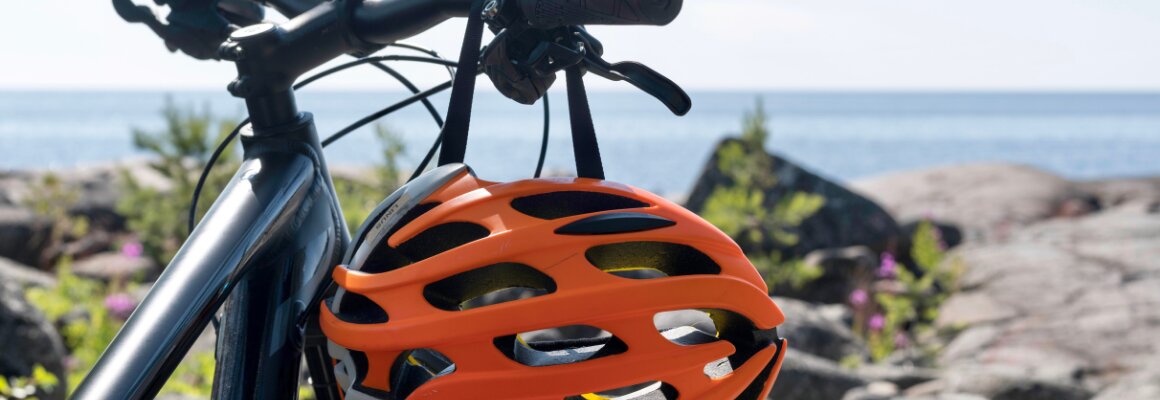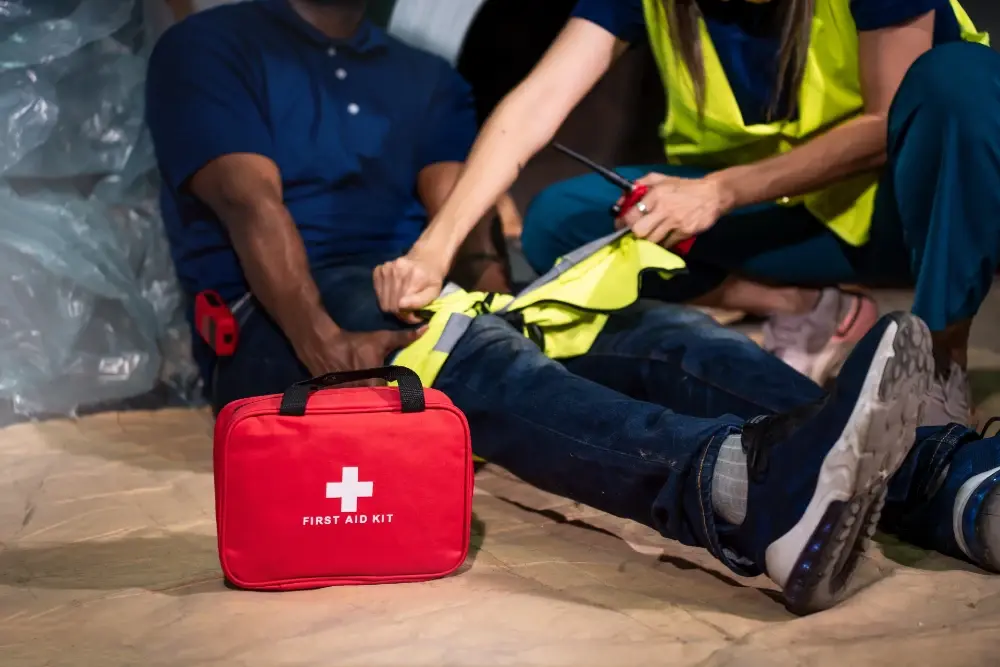As many as two cyclists die in accidents every week on Britain’s roads. And at least 80 more are seriously injured.
Cycle accidents take a terrible toll: According to data from The Department of Transport - in 2021, 16,347 cyclists were injured in reported road accidents, including 111 who were killed and 4,353 who were seriously injured. These figures only include cyclists killed or injured in road accidents that were reported to the police. Many cyclist casualties are not reported to the police, even when the cyclist is inured badly enough to be taken to hospital. In 2021, an average of 2 pedal cyclists died and 84 were seriously injured per week in reported road casualties, serious injuries rose by 27%.
Now is the worst time of year for cycle accidents. Darker nights, poor weather, dangerous deceptive twilight in the mid- to late-afternoon. And cyclists always come off worst in a crash – you don’t have to be a cycle accident solicitor to know that.
Pedestrians are equally vulnerable when crossing the road.
We know from experience that even a very low speed collision in a car park can cause life-changing injuries.
So imagine what happens when a car hits a cyclist or pedestrian at much higher speeds…on a busy main road where the speed limit could be 40mph or more.
I know what it is like to be knocked off a bicycle and injured. And I don’t want it to happen to you. The roads do seem very busy at the moment and particularly dangerous for cyclists..
Look Out For Each Other
Motorists and cyclists do not see eye-to-eye for well documented reasons. Everyone has a story.
Cyclists blame careless drivers for not seeing them (‘Smidsy’ syndrome), for pulling out or turning without warning or indication. For driving too close and too fast. For being oblivious to their very existence until it is tragically too late.
Drivers cite those careless cyclists who ride without lights, without hi-vis reflective clothing, who occasionally take ‘liberties’ with some of the rules of the road.
Enough of the blame game. It is time for greater empathy and understanding from both parties…for everyone’s safety and benefit.
Drivers – Watch Out For Hard-To-See Cyclists!
Motorists, please understand that the difference between hitting or avoiding a cyclist or pedestrian can come down to a split second. So take the extra time to look really carefully before pulling out.
Don’t just rely on your mirrors. Turn your head to the side and look over your shoulder as if you were a cyclist or a motorcyclist yourself. It’s not called the ‘lifesaver’ look for nothing – it can be the difference between seeing a cyclist and hitting them.
Beware of blind spots in your mirrors and pillars, especially in the A-pillars that hold your car’s windscreen in place. You would be astounded at how easily they will conceal a cyclist.
So move your head and really look. Don’t just glance – look! You’re not watching TV…you’re controlling a car.
Pause. Slow down. Concentrate.
Not only will you drive more safely, you will also feel much less stressed and frazzled when you reach your destination.
Try it. It works.
Cyclists – Light Up Like Vegas!
Cyclists, it’s very easy to assume that you will always be seen because you are wearing a hi-vis vest. Why wouldn’t you? It is fluorescent yellow or orange after all.
But without big reflective strips you won’t be seen in the dark, no matter how bright yellow your vest is. You would be surprised how easily non-reflective hi-vis disappears into the darkness.
Don’t believe me? Next time you’re in a car at night, see how hard it is to spot some cyclists wearing supposedly hi-vis. Without reflective strips they are much less visible.
Wear reflective hi-vis armbands that show up when you indicate…and ankle-bands that shine in the dark and can be seen from any angle as your legs turn the pedals (simple pedal reflectors are not enough).
Buy spoke reflectors so you can be seen much better side-on. They’re cheap and easy to fit.
Make sure your lights are really good, not just a token attempt to comply with the law.
Choose today’s new rechargeable lights. They’re brilliant – so much brighter than the old-style lights powered by disposable batteries. Fit multiple flashing lights on front and rear. Invest in a good rechargeable front illuminator light.
And – importantly – get a flashing light for your cycle helmet as well. Buy a purpose-built helmet light that flashes white at the front and red at the rear. They’re easier for drivers to see because they’re higher up than other cycle lights. They also help add vital side-illumination when you turn your head.
Are the more expensive rechargeable lights worth the extra cost? Absolutely! They are far brighter, easy to recharge (via USB) and will save you money on batteries over the long term.
Please invest in good lights and lots of reflective hi-vis clothing. Wear as much reflective hi-vis as you can.
And avoid the most dangerous busy roads if possible (although we appreciate that this can be difficult sometimes). A few extra minutes on a slightly longer but safer route is often a better option. Hopefully the funding for the safer cycling routes will help reduce the interaction of cyclists and cars locally. The irony seems to be however, that in the interim period the number of roads works to implement the scheme are choking the roads and increasing the risks for cyclists!
Pedestrians – Take Care, Assume You Can’t Be Seen!
Pedestrians can be even harder to see at night than some cyclists. The average person walking home from work or a night out doesn’t wear lights, reflectors or a hi-vis vest. Most of the time they are in dark clothing.
Some dog-walkers have taken to adding flashing lights to their dogs’ collars. And in the country some people wear hi-vis vests if they are walking down unlit country lanes; they will almost certainly carry torches in the rural pitch black.
This is a good idea. It wouldn’t do any harm for urban pedestrians to take a leaf out of the cyclists’ safety book and ‘think hi-vis’.
No-one is suggesting that your new nightclubbing attire should be something out of a health and safety video (though that would be very safe).
But it wouldn’t go amiss to carry a couple of reflective armbands in your coat pocket ready for the walk home. And perhaps a small clip-on flashing light. Today’s battery technology has made flashing lights very small and convenient.
After all, if a flashing light is good enough for Fido’s collar, perhaps it’s not a bad idea to clip one to your jacket. There’s nothing uncool about it – mountaineers do precisely that in low visibility conditions.
Get Expert Legal Advice
Have you been injured in a traffic collision? Get expert advice from our road accident solicitors on No Win No Fee compensation claims.
Our quick and easy personal injury calculator will give you an initial idea of how much your claim could be worth.
Book a free chat with one of our solicitors to discuss your options.







